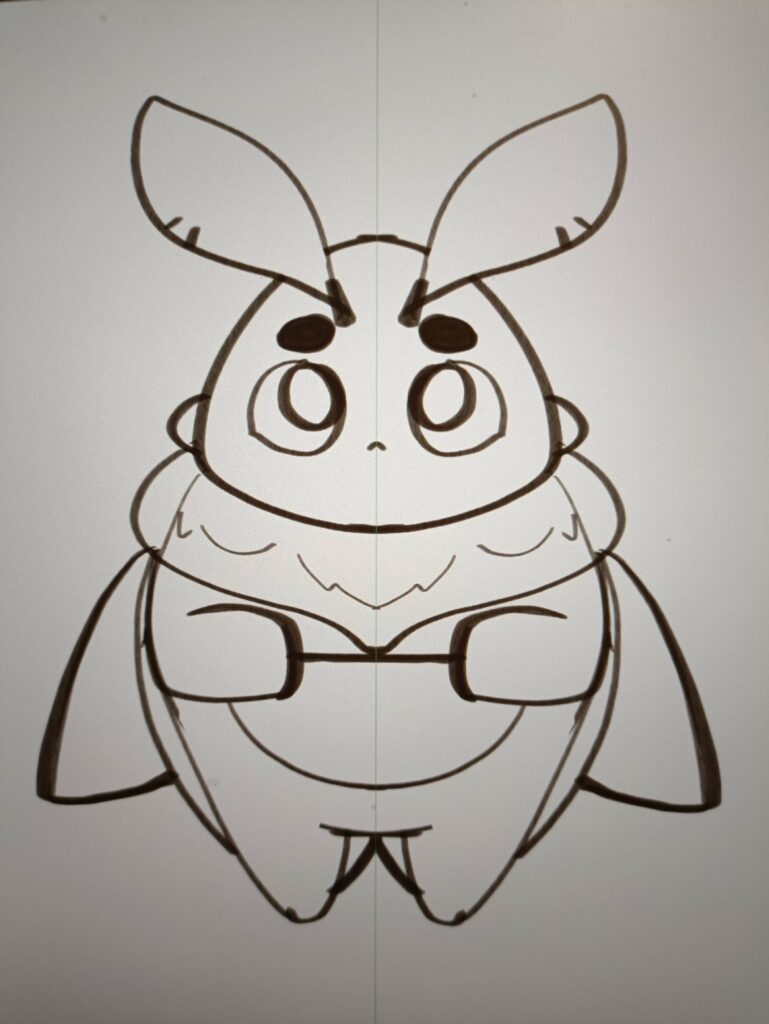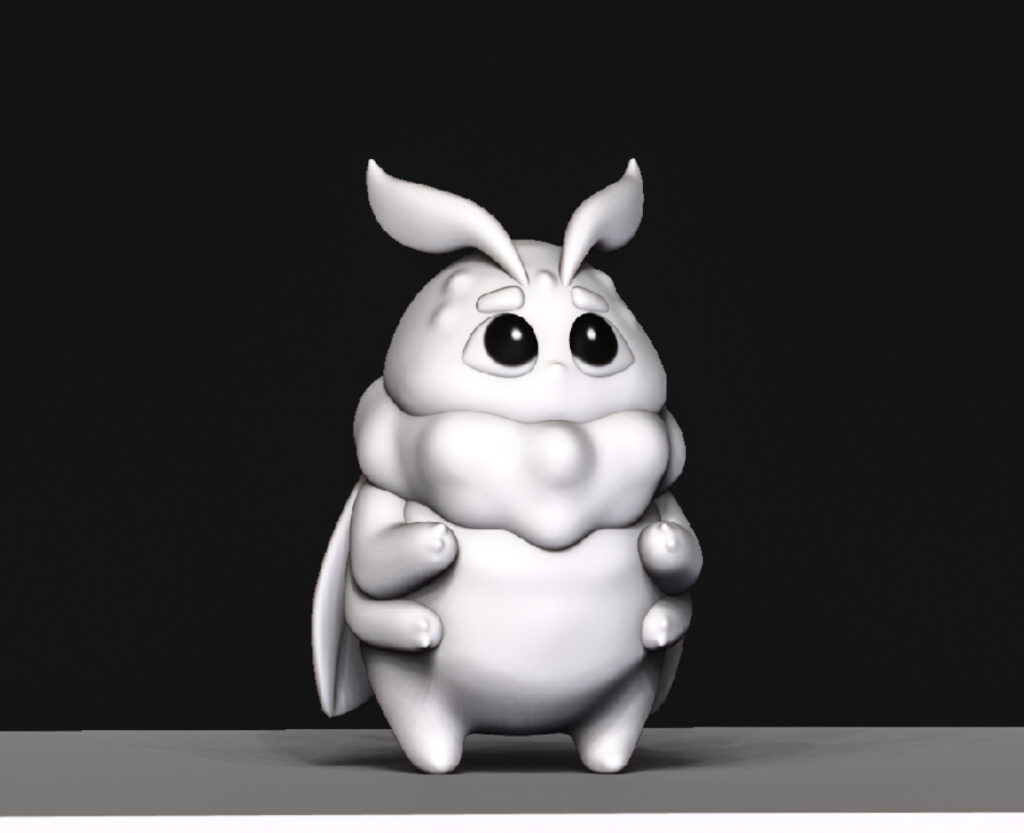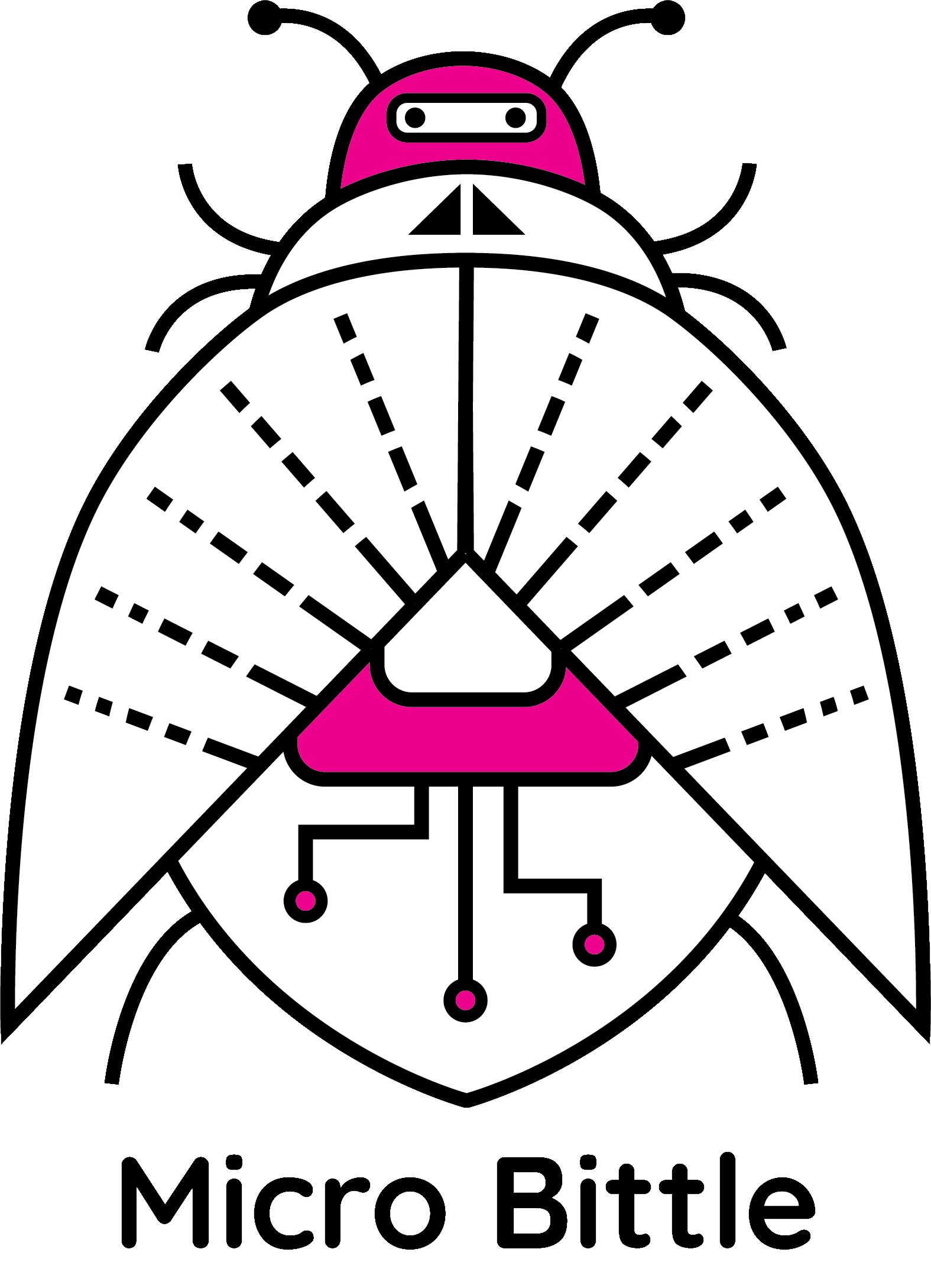Last week, aside from our playtesting sessions, we had a meeting with Lou that was integral to the evolution of our project’s design.
Firstly, we talked about the platform for the project. Lou confirmed that creating an application to install on Chromebooks at schools would not be possible, given that we would likely need permission from school authorities to install anything on the devices. When we asked her about the possibility of developing a website for students to access the project, she told us it was possible for West Liberty University to host it.
Secondly, our design for the experience was based around creature combat – when we proposed this to Lou, she told us most schools might have an issue with anything remotely related to violence. As a response, we pivoted from a combat-based game to maze-solving. Now, students will have to traverse mazes and overcome obstacles in them. Sensors and controllers connected to a micro:bit correspond to devices that their player character can equip to overcome these obstacles.
Experience Platform
The current plan is to build our project with Unity WebGL, and create a website that students and teachers can access from any device (only requiring a browser and Internet connection). As far as we know, we would deliver the website’s files to West Liberty University and they will set it up with the Center for Arts and Education.
Experience Design
Our design is now based on maze-solving and overcoming obstacles, framed by the story presented below. Additionally, to tackle the problem of “one and done” experiences, we plan to have a Tutorial Mode and a Creative Mode (inspired by Minecraft’s different game modes, given Minecraft Education was mentioned by Lou as an educational platform used by our target demographic).
In Tutorial Mode, students learn who they are as a player character, meet a mentor character who introduces them to the game world, learn how to wire and program the components used in the game, and solve a tutorial maze.
In Creation Mode, students get the opportunity to create their own mazes by defining certain parameters, and can then invite other students to solve these mazes. Through this process, they will not only learn more about input and output, but will also be exposed to maze/puzzle design.
Story
(Narrated by Bard – mentor character)
Hello, young one! You look.. Confused? Lost? Worry not: I, Bard, I’m here to help you prepare for the challenge ahead. But first, allow me to share the story of our species and the test you will soon face…
Our kind lives deep in the wilderness of North America’s forests, away from the curious eyes of intruders. We have lived in secret for a long time, protecting our existence as the most special creatures that have ever inhabited Earth.
We call ourselves micro bittles (not to be confused with “beetles”, though they are pronounced the same way). We look like beetles, and act like beetles for the most part, except for one incredible aspect…
Despite our teeny weeny size, micro bittles have an intelligence so sophisticated we could put the smartest human rocket scientists to shame. We have developed our own tiny technology for things like headlamps, diving gear, and even jackhammers.
Every micro bittle is an engineer. We wire and program our own devices, and love using them to go on adventures of all kinds. But, before traveling to faraway lands, every micro bittle must prove their skills in a legendary test.
In the Cavern Challenge, young micro bittles demonstrate their abilities by traversing a maze, overcoming obstacles, and collecting five precious gems. Only after completing this challenge are they able to leave our forest and journey out into the world.
With my help, young micro bittle, you will be ready for the Cavern Challenge. But first, tell me: what’s your name?
Tutorial Mode Mockup
Tutorial Maze Design

Mentor Character Design


